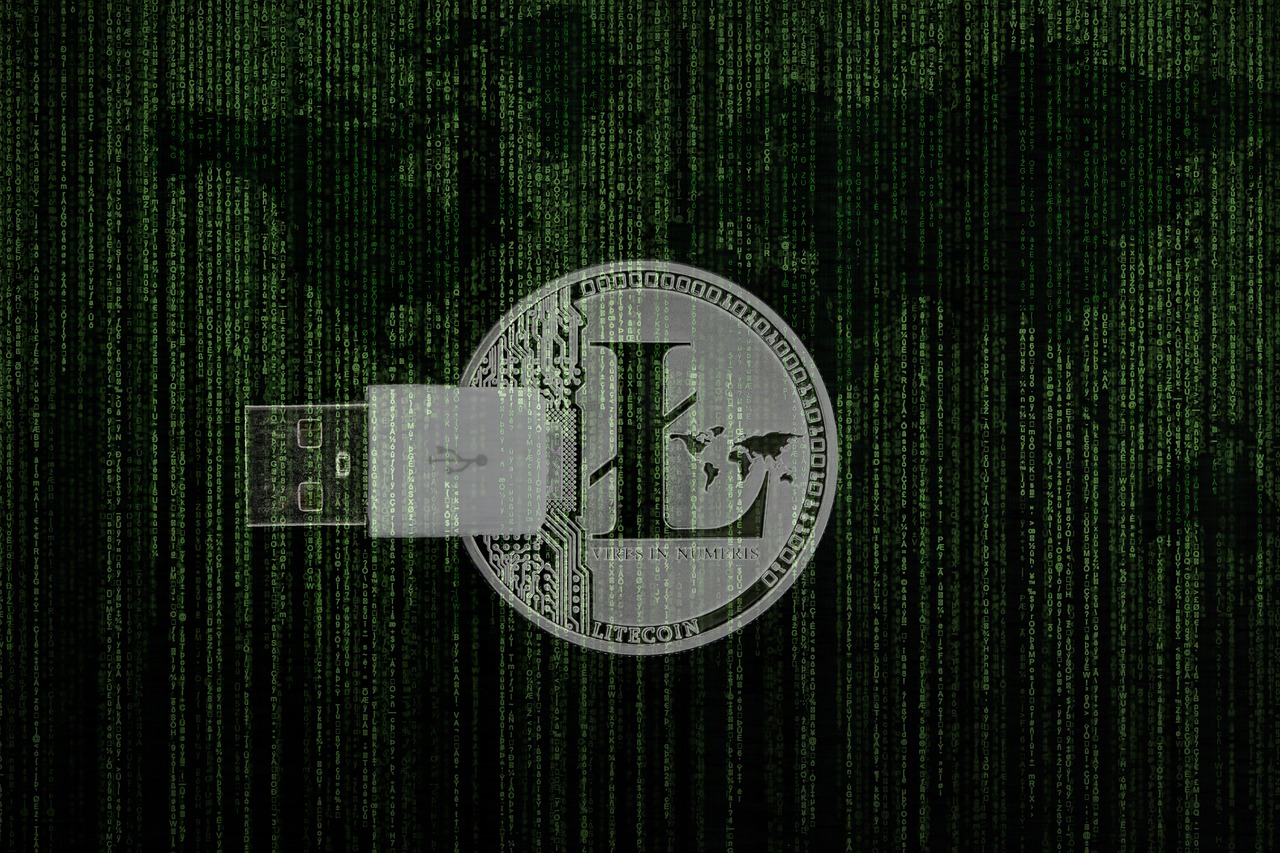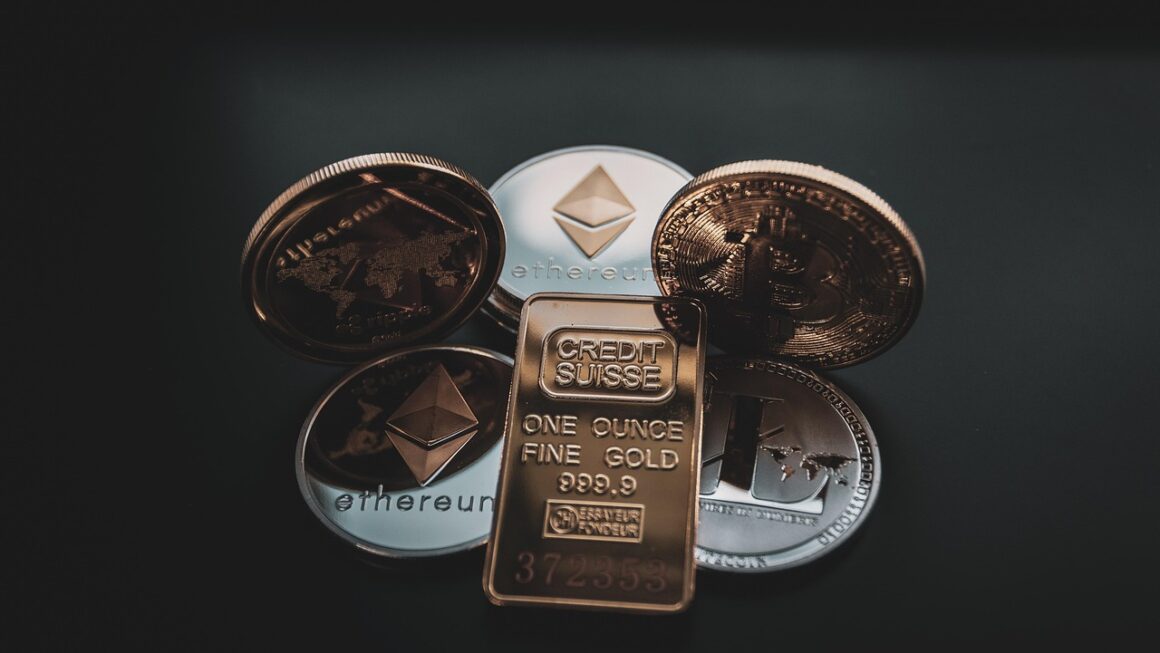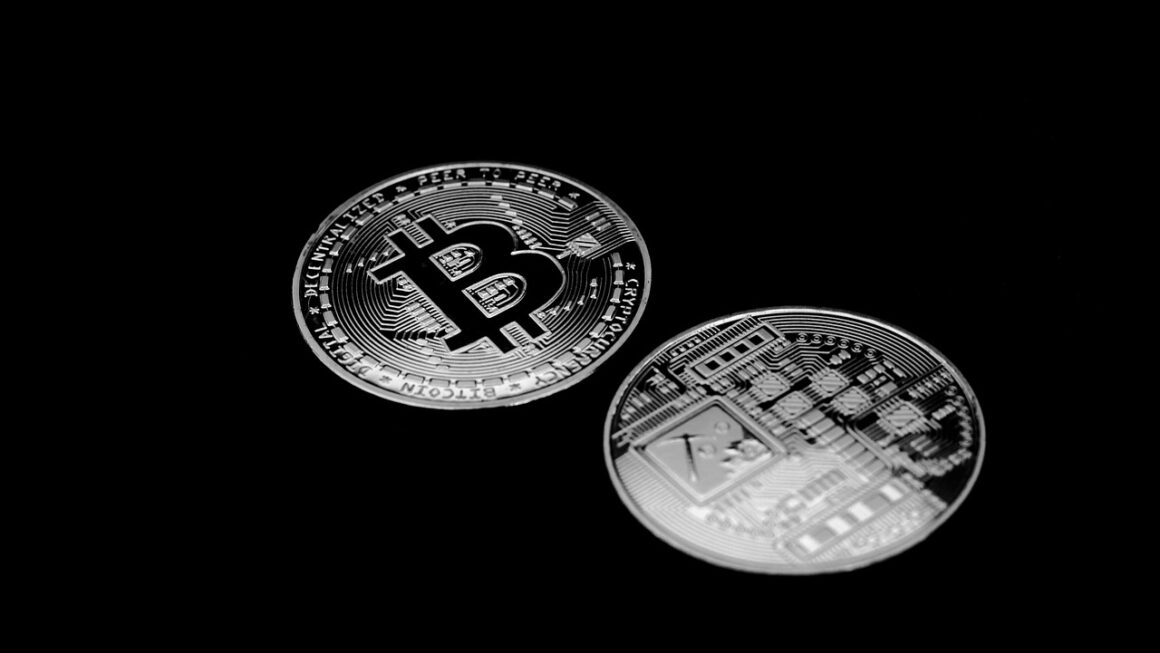Altcoin trading offers a thrilling, potentially high-reward alternative to simply holding Bitcoin. But navigating the vast and often volatile landscape of cryptocurrencies beyond Bitcoin requires knowledge, strategy, and a healthy dose of risk management. This guide provides a comprehensive overview of altcoin trading, covering everything from understanding the fundamentals to developing effective trading strategies. Let’s dive in.
Understanding Altcoins: Beyond Bitcoin
What Exactly is an Altcoin?
Altcoin is simply short for “alternative coin.” It refers to any cryptocurrency other than Bitcoin. They emerged as improvements or alternatives to Bitcoin, aiming to address perceived shortcomings or introduce new functionalities. Think of them as different software programs each designed to solve a problem or provide a service.
Types of Altcoins
The altcoin universe is diverse, and coins can be categorized in various ways:
- Mining-based altcoins: These function similarly to Bitcoin, relying on proof-of-work (PoW) or proof-of-stake (PoS) consensus mechanisms for transaction validation and coin distribution. Examples include Litecoin (LTC) which was designed to be a “silver” to Bitcoin’s “gold,” featuring faster transaction times.
- Stablecoins: These are cryptocurrencies designed to maintain a stable value, often pegged to a fiat currency like the US dollar. Tether (USDT) and USD Coin (USDC) are prime examples. Their primary purpose is to provide a stable medium of exchange and a safe haven in the volatile crypto market.
- Security tokens: These represent ownership in a tangible asset or company. They are often subject to securities regulations. They aim to tokenize real-world assets, enabling fractional ownership and improved liquidity.
- Utility tokens: These provide access to a specific product or service on a blockchain platform. Examples include Chainlink (LINK), which powers decentralized oracle networks.
- Meme coins: These are cryptocurrencies often based on internet memes or jokes. Dogecoin (DOGE) and Shiba Inu (SHIB) are prominent examples. While they can experience rapid price surges driven by social media hype, they are generally considered highly speculative investments.
The Allure of Altcoin Trading
Altcoins offer several potential advantages that attract traders:
- Higher Growth Potential: Compared to Bitcoin, many altcoins have lower market capitalizations, meaning there’s greater potential for exponential growth. Consider the gains seen by early investors in Ethereum (ETH) before it became a major player.
- Innovation and Technological Advancements: Altcoins often pioneer new technologies and use cases that Bitcoin doesn’t explore, leading to potential disruptions and value appreciation. Platforms like Solana (SOL) offer faster and cheaper transactions compared to traditional blockchains.
- Diversification: Trading altcoins allows you to diversify your crypto portfolio beyond Bitcoin, potentially reducing overall risk.
- Actionable Takeaway: Research the different types of altcoins and identify those with strong fundamentals and growth potential before investing.
Setting Up for Altcoin Trading
Choosing a Cryptocurrency Exchange
Selecting the right exchange is crucial. Consider these factors:
- Security: Opt for exchanges with robust security measures, such as two-factor authentication (2FA), cold storage of funds, and insurance coverage.
- Liquidity: High liquidity ensures you can buy and sell altcoins quickly and at competitive prices. Binance, Coinbase, and Kraken are known for their high liquidity.
- Altcoin Selection: Ensure the exchange lists the altcoins you’re interested in trading. Some exchanges specialize in specific niches or offer a wider range of altcoins than others.
- Fees: Compare trading fees across different exchanges. Fees can significantly impact your profitability, especially with frequent trading.
- User Interface: Choose an exchange with a user-friendly interface, especially if you’re a beginner.
Securing Your Crypto Wallet
Protecting your digital assets is paramount.
- Hardware Wallets: These are physical devices that store your private keys offline, offering the highest level of security. Ledger and Trezor are popular brands.
- Software Wallets: These are applications installed on your computer or mobile device. While convenient, they are more vulnerable to hacking than hardware wallets. Exodus and Trust Wallet are examples.
- Exchange Wallets: Storing your crypto on an exchange wallet is generally not recommended for long-term holdings due to the risk of exchange hacks or insolvency. Use them only for active trading purposes.
Funding Your Account
- Fiat Currencies: Many exchanges allow you to deposit fiat currencies like USD or EUR via bank transfer or credit card.
- Cryptocurrency Deposits: You can also deposit existing cryptocurrencies from another wallet or exchange. Ensure you send the correct cryptocurrency to the correct address. A mistake here can lead to permanent loss of funds.
- Actionable Takeaway: Prioritize security when setting up your trading account and choosing a wallet. Use strong passwords, enable 2FA, and consider a hardware wallet for long-term storage.
Developing Your Altcoin Trading Strategy
Technical Analysis
Technical analysis involves analyzing price charts and using indicators to identify potential trading opportunities.
- Chart Patterns: Learn to recognize common chart patterns, such as head and shoulders, double tops, and triangles, which can signal potential price reversals or continuations.
- Technical Indicators: Utilize indicators like moving averages (MA), Relative Strength Index (RSI), and Moving Average Convergence Divergence (MACD) to gauge momentum, identify overbought/oversold conditions, and spot potential trend changes.
- Example: If the RSI of an altcoin falls below 30, it may indicate that the asset is oversold and could be due for a price rebound. Conversely, an RSI above 70 might suggest it’s overbought and prone to a correction.
Fundamental Analysis
Fundamental analysis involves evaluating the underlying value of an altcoin based on factors like its technology, team, use case, and market adoption.
- Whitepaper Analysis: Carefully read the altcoin’s whitepaper to understand its purpose, technology, and roadmap.
- Team Assessment: Research the team behind the project. Are they experienced and reputable?
- Market Sentiment: Monitor news, social media, and online forums to gauge market sentiment towards the altcoin.
- Tokenomics: Understand the token supply, distribution, and burning mechanisms.
- Example: An altcoin with a strong development team, a clear use case, and growing adoption is likely to be a more promising investment than one lacking these fundamentals.
Risk Management
Managing risk is essential for successful altcoin trading.
- Stop-Loss Orders: Set stop-loss orders to automatically sell your altcoins if the price drops below a certain level, limiting potential losses.
- Position Sizing: Determine the appropriate amount of capital to allocate to each trade based on your risk tolerance and account size. A common rule is to risk no more than 1-2% of your capital on any single trade.
- Diversification: Don’t put all your eggs in one basket. Diversify your altcoin portfolio across different projects and sectors.
- Take Profit Orders: Set take profit orders to automatically sell your altcoins when they reach your desired profit target.
- Example: If you buy an altcoin at $1 and set a stop-loss order at $0.90, you limit your potential loss to 10% on that trade.
- Actionable Takeaway: Combine technical and fundamental analysis to make informed trading decisions. Always implement strict risk management strategies to protect your capital.
Executing Your Trades
Order Types
Understanding different order types is crucial for executing your trades effectively.
- Market Orders: These orders are executed immediately at the best available price. They are suitable for entering or exiting positions quickly.
- Limit Orders: These orders are executed only when the price reaches a specified level. They allow you to buy or sell altcoins at your desired price.
- Stop-Loss Orders: As mentioned earlier, these orders are used to limit potential losses.
- Stop-Limit Orders: These are similar to stop-loss orders, but they place a limit order instead of a market order when the stop price is triggered. This can help you avoid slippage in volatile markets.
Trading Psychology
Emotional discipline is crucial for successful trading.
- Avoid FOMO (Fear of Missing Out): Don’t chase pumps or make impulsive decisions based on hype.
- Control Greed and Fear: Stick to your trading plan and avoid letting emotions influence your decisions.
- Be Patient: Wait for the right trading opportunities and don’t force trades.
- Learn from Your Mistakes: Analyze your past trades to identify areas for improvement.
Monitoring Your Portfolio
Regularly monitor your altcoin portfolio and make adjustments as needed.
- Track Your Performance: Keep track of your wins, losses, and overall profitability.
- Rebalance Your Portfolio: Periodically rebalance your portfolio to maintain your desired asset allocation.
- Stay Informed: Keep up-to-date with the latest news and developments in the crypto market.
- Actionable Takeaway: Master different order types and cultivate emotional discipline to execute your trades effectively. Regularly monitor your portfolio and make adjustments based on market conditions and your trading strategy.
Avoiding Common Pitfalls
Pump and Dump Schemes
Be wary of pump and dump schemes, where groups of people artificially inflate the price of an altcoin before dumping it on unsuspecting investors. Look out for sudden, unexplained price surges and excessive hype on social media.
Scam Projects
Do thorough research before investing in any altcoin to avoid scam projects. Look for red flags, such as anonymous teams, unrealistic promises, and a lack of transparency.
High Fees
Pay attention to trading fees, withdrawal fees, and other charges associated with altcoin trading. These fees can eat into your profits.
Lack of Due Diligence
Failing to do your research and understand the fundamentals of an altcoin before investing is a common mistake. Always conduct thorough due diligence before putting your money at risk.
- Actionable Takeaway:* Be cautious of pump and dump schemes and scam projects. Always conduct thorough due diligence and be aware of the fees associated with altcoin trading.
Conclusion
Altcoin trading can be a rewarding but also a risky endeavor. By understanding the fundamentals, developing a solid trading strategy, managing your risk effectively, and avoiding common pitfalls, you can increase your chances of success in the dynamic world of altcoins. Remember to always prioritize security, stay informed, and be prepared to adapt to changing market conditions. Good luck!




